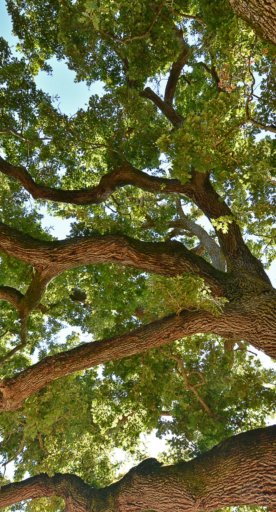Searching for the masters in the Empolese Valdelsa
Many cities in the area boast numerous traces of famous artists and centuries-old crafts
With its perfect location in central Tuscany, the Empolese Valdelsa can be considered the heart of the region. It boasts important small towns like Empoli, Castelfiorentino and Vinci, making it the ideal place for anyone looking to add a touch of art and culture to their holiday in Tuscany.
-
1.Benozzo Gozzoli in Castelfiorentino
-
2.Leonardo da Vinci in Vinci
-
3.Craftsmanship in Empoli and Montelupo Fiorentino
Benozzo Gozzoli in Castelfiorentino

The picturesque town of Castelfiorentino is located along the via Francigena and is especially famous for its historic role in the Battle of Montaperti, in 1260, when the town was where the peace agreement was signed. In addition to its history, Castelfiorentino is also home to numerous artistic treasures, like in the upper part of the town, where visitors can find the Civic Art Collection and two fresco cycles by 15th-century painter Benozzo Gozzoli in the museum named after the artist. The museum is home to the Tabernacolo della Madonna della Tosse, painted in 1484, and the Tabernacolo della Visitazione, from 1491. This 21st-century museum was designed by Massimo Mariani and was built specifically to conserve these frescoes, which were in a bad state when they were detached from their respective walls.
Leonardo da Vinci in Vinci

You may not be able to picture it in your mind’s eye, but you’ve surely heard about the town of Vinci thanks to its most illustrious son, Leonardo da Vinci. Naturally, there are more than a few traces of the great Renaissance master here in Vinci, like the Biblioteca Leonardiana, a research centre specialized in Leonard’s lifework and a reference point for Italian and foreign academics, the Conti Giudi Castle, home to part of the city-wide museum about the artist, and piazza dei Guidi, a 21st-century tribute to Leonardo designed by contemporary artist Mimmo Paladino. The Leonardo Museum boasts more than 300 works and objects, including documents and sketches by the genius, as well as models of his famous military and flying machines. About 3km outside the town, in Anchiano, you can even visit Leonardo’s birthplace, the farmhouse he was born in on April 15, 1452. Today, the house is a museum dedicated to the artist and contains reproductions of some of his drawings and a life-sized hologram that narrates the events of his life and work, not to mention a map of the Valdarno drawn by Leonardo himself.
Craftsmanship in Empoli and Montelupo Fiorentino

The Empolese Valdelsa is also home to great craftsmanship, with two towns in particular standing out in the history of this traditional art form. Big name masters like Gozzoli and Leonardo may not be at the forefront of craftsmanship, but when it comes to Empoli and Montelupo Fiorentino, their wares are stunning enough to make a name for themselves on their own. Empoli is especially well-known for its glass production, which you can learn about at the Glass Museum, where you can explore the industry’s impact on the city’s economic, urban and social fabric through videos, reconstructions and historical documentation. Here, you can see typical green-coloured glass objects, like flasks, cups and utensils, all tinted this unique hue because of iron oxide in the sand.

Montelupo Fiorentino is home to an entirely different tradition: ceramic production. Dating to the mid-14th century, the town’s famous industry has benefited from clients like the noble Medici, Strozzi and Frescobaldi families. Today, ceramics made in Montelupo can be found all over the world, from Cuba to Egypt, England to Greece. To explore the town’s wonderful world of ceramic production, visit the Museum of Ceramics, where there are over 1,000 pieces on display, including objects that were meant for the Papal court of Leo X and the famous Rosso di Montelupo, a washbasin made in 1509.
























































